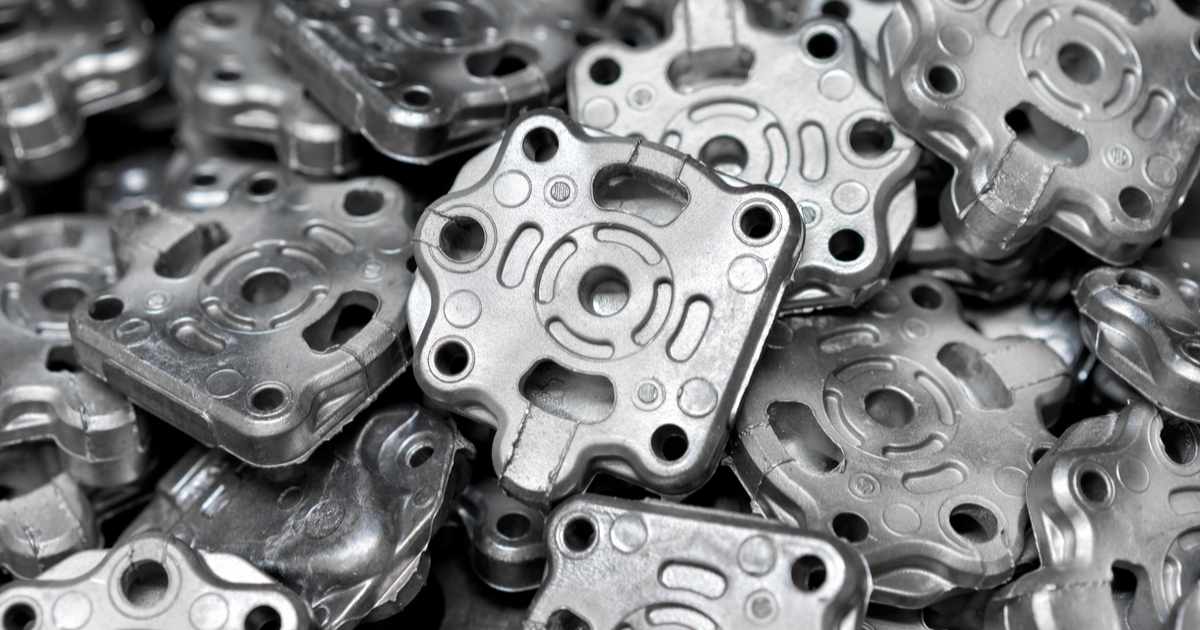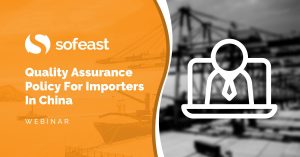One of the most common ways Chinese manufacturers enlarge their margin is buying substandard components. Any time a lot of money can be saved this way, the temptation is very strong.
What can you do to avoid this risky behaviour from happening?
The risk of suppliers in China using ‘cheaper’ components
I am not only writing about small Chinese companies. The largest Taiwanese contract manufacturers also play that game. Otherwise, how can they turn out a profit, with only a 3% profit on their fabrication & assembly activities?
To be fair, this doesn’t always happen because of management’s greed. Sometimes a purchaser directs an order to a supplier that gives her a higher commission. Sometimes the “good” supplier offers long lead times. Sometimes, buying relatively small quantities on the local market is much more convenient.
I wrote about this 2 months ago in this article about batteries. The same logic applies to many other components.
Now, as the buyer, you clearly don’t want this to happen.
What can you do to ensure the right components are purchased and used to build your product?
There are 5 steps that I recommend that importers follow in order to assure that only the highest quality components make their way into your products:
1. Set the right terms from the start with your manufacturer
- Negotiate as much transparency as you can on the components that form your product, including the supplier names
- Get a written confirmation that any change of source, of component type, or of the manufacturing process has to be submitted for written approval
If you can’t negotiate for any of that, aiming for any level of consistency in your supply chain will be a challenge!!
2. Ask for paper proofs
As an intermediary step you should:
- Get the purchase order for every batch
- Get the delivery note from the supplier
- Get photos of the boxes with the supplier’s name
It won’t really prove anything, but it reduces the risk of shenanigans.
3. Investigate the wider supply chain

You might need to do a bit of investigation about some of the sources. If your supplier is requested to buy BASF paint and they procure it from a wholesaler, is that wholesaler an official distributor of BASF?
Maybe the volumes you buy are large enough to justify setting up a direct relationship with the wholesaler, or with the raw material/component manufacturer. This will allow you to know exactly what (quantity, model, price…) is purchased by each of your suppliers.
4. Add some controls at certain points in your supply chain
Maybe a testing station at the start of assembly? Maybe a burning test by your inspection team to confirm the type of plastic used? Maybe some chemical testing on a few samples pulled from time to time?
The right approach here depends largely on the situation. There are often ways to double-check what your supplier promised to you.
—
Have your say…
What do you think about these 5 steps? Have you run into these kinds of issues? What went wrong, and what did you do? Any other tips to share?
Quality Assurance Policy For Importers In China [Webinar]
What is the 80/20 rule when it comes to QC in China? The answer is building a strong quality assurance policy of your own.
In this webinar, we’re going to explore key challenges facing importers from China, and the elements that compose a really solid, effective quality assurance policy.
Improving your quality assurance will help avoid poor quality products from hurting your business. Hit the button below to register to watch the webinar!


